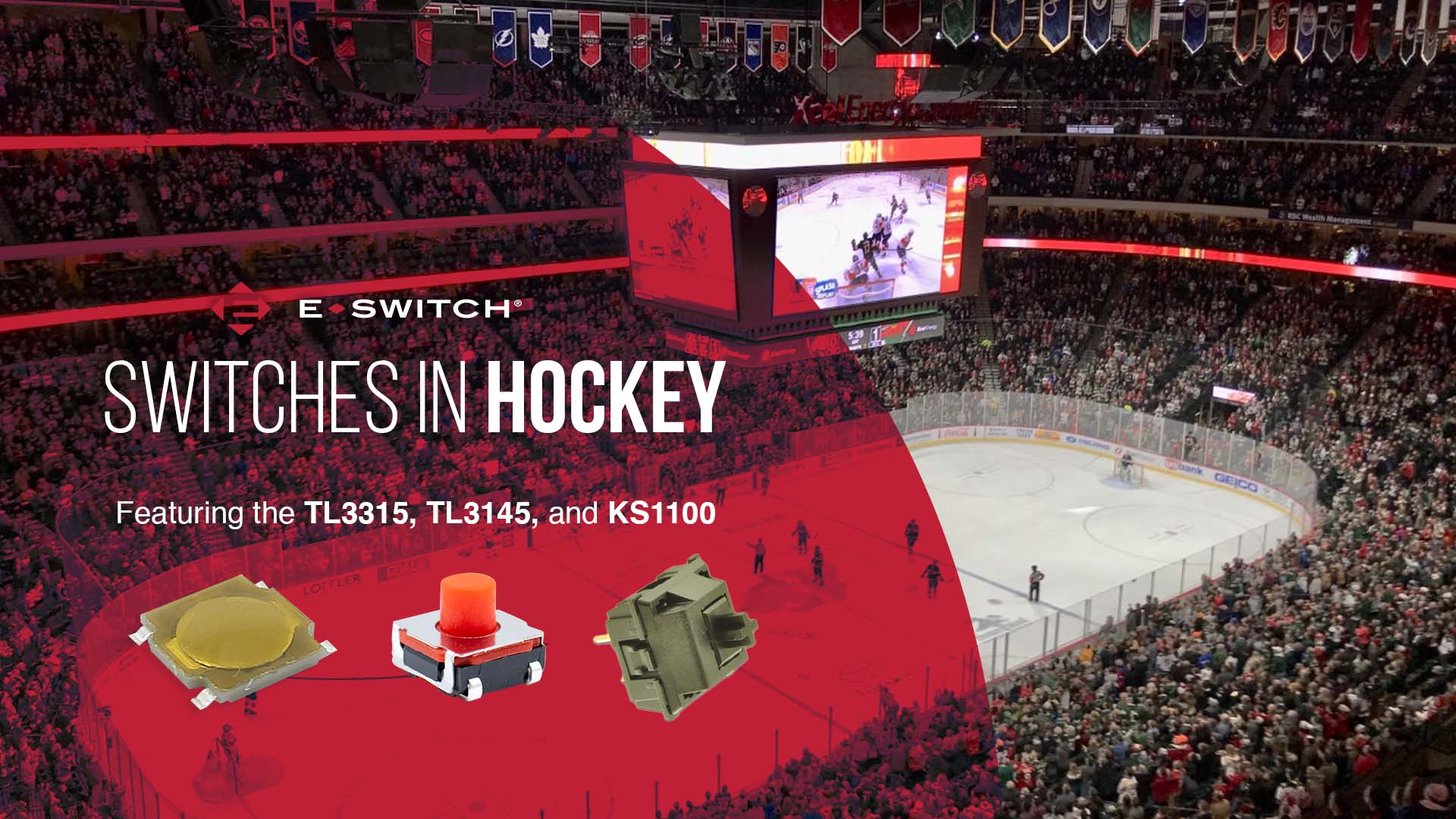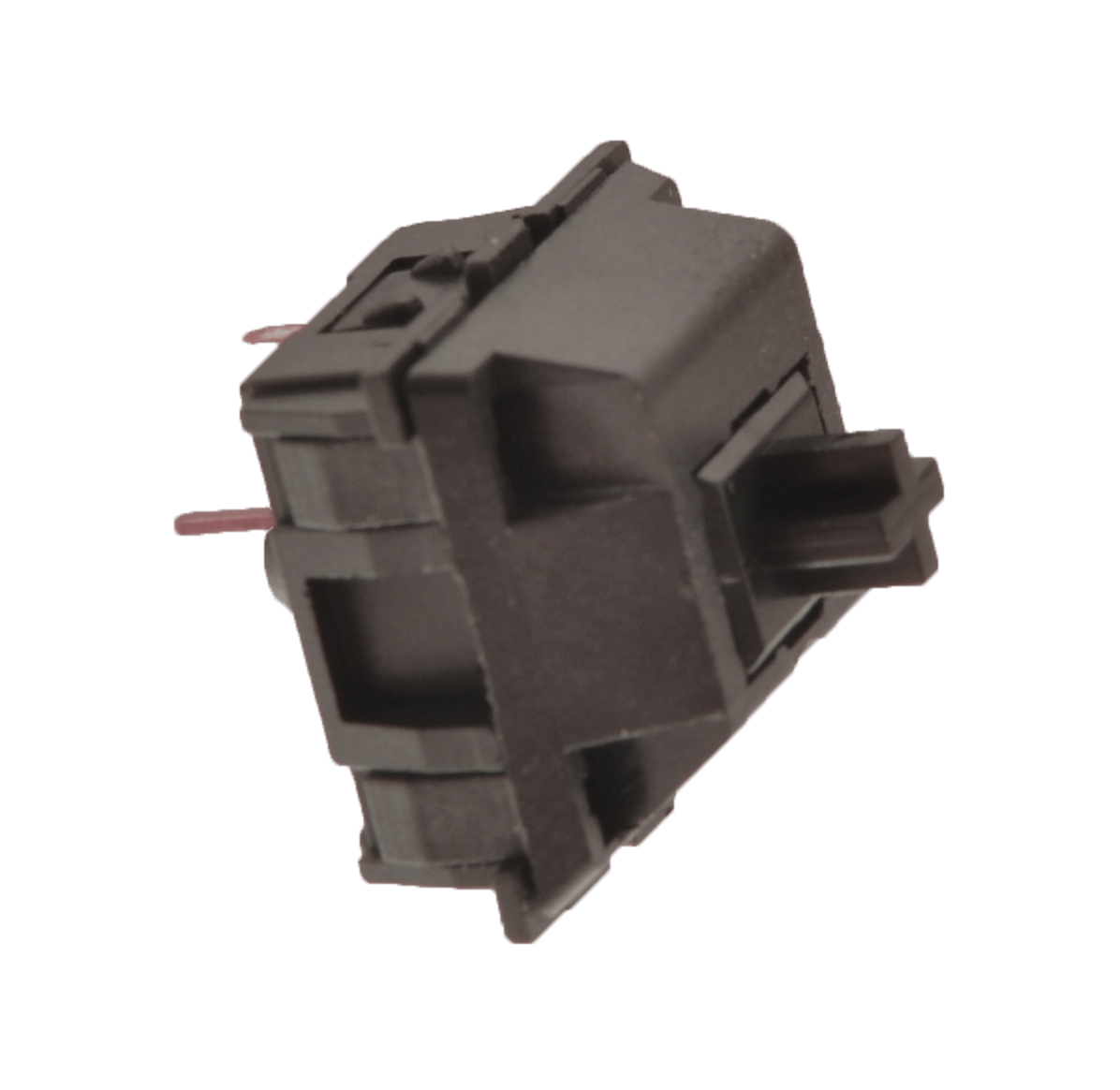This is part of a series of stories investigating the use and potential use of switches in sports.
It’s my favorite time of year. The weather is getting warmer, the baseball season is in full swing, the basketball playoffs are getting interesting, the women’s basketball season is about to begin, and the most entertaining playoffs in all of professional sports, the Stanley Cup Playoffs, are underway. But how do hockey players prepare for a grueling season and the most grueling postseason?
Virtual Reality Hockey Training
To help prepare for the NHL season, many teams employ virtual reality technology. The New Jersey Devils, Arizona Coyotes, Vegas Golden Knights, and Los Angeles Kings all use Sense Arena VR technology, which offers training options for skaters and goaltenders. Goaltenders get the opportunity to see more shots and experience odd-man situations. Skaters get real-game scenarios they can repeat to prepare themselves for the game.
Most VR headsets feature a tactile switch like the TL3315 Series ultra low profile, SMT tactile switch. These tact switches have a life expectancy up to one million cycles and operate in temperatures ranging from -20 to 70°C. There are three different options when it comes to operating force required to actuate the switch: 100gf, 160gf, and 250gf. The lower the operating force, the higher the life expectancy on these tactile switches, with the 160gf option resulting in a 500,000 cycle life and the 250gf option operating for approximately 200,000 cycles.
The best part about this VR hockey training is it can often be done while the player is recovering from injury and unable to skate. Speaking of injuries…
Class IV Laser Therapy
Hockey hurts, even if you’re not being checked by other players. Ice skating burns the fifth-most calories per hour amongst all sports, behind only cross country skiing, boxing, swimming, and football. The first skate after a long layoff is some of the worst soreness you and I might experience, but skating 15 minutes in a pro or college hockey game, men’s or women’s, is another animal entirely.
The bumps and bruises that occur in just one professional or college hockey game, whether from blocking shots or being checked into the boards, make playing games on back-to-back days sound silly. It is silly, but that doesn’t stop players from playing. Most of that is due to hockey tough guy and tough gal culture, but some of it is thanks to modern rehabilitation technology.
Many NHL teams utilize Class IV Laser Therapy technology to help players find relief and recover from those bumps and bruises that accumulate over the course of a season. Laser technology allows for a quick, non-narcotic treatment of chronic pain, inflammation, and swelling without any harmful heating effects. It even allows open wounds to heal faster, resulting in stronger soft tissue repair than allowing those wounds to heal without laser therapy.
The Class IV Laser Therapy device most often consists of two tactile switches controlling power: one on the laser pointer and another on the touchscreen device allowing the user to choose whatever part of the body on which they’re administering therapy.
The TL3145 Series long-life, SMT tactile switch might fulfill the requirements of the switches on the Class IV Laser Therapy device. These tactile switches are sealed to an IP67 rating to protect against dust, and come with three different options for actuation forces: 350gf, 260gf, and 180gf. The 180gf switch has a life expectancy of three million cycles, making it perfect for often used medical devices like Class IV laser therapy.
Computer Software
Here in the State of Hockey, the season is never-ending. I announced and kept score at a tournament this very weekend. But even amateur players out here do off-ice training when they’re not practicing with their teams or playing in tournaments. Some of that training is done on a computer.
The Minnesota Hockey players in Tier 1 Leagues use Hockey IntelliGym for 30 minutes, twice a week. It’s a software program that has been proven to increase cognitive awareness and even reduce head injuries. The software program might look like the game “Pong,” but it’s much more sophisticated. It allows players to make decisions on the computer keyboard at a high rate of speed so when they’re on the ice, they’re more likely to make those same decisions quickly. It’s very much like fighter pilot training software programs that prepare pilots with quick decision-making skills.
Whether you’re playing a PC game, training for a hockey game, or training to survive dogfights in the sky, there’s nothing more frustrating than a broken key on a keyboard. When an often-used key fails, it doesn’t much matter that the other 103 (or 74 on a laptop) are functioning perfectly. The E-switch KS1100 Series pushbutton switch has keyboard functionality and a very long life expectancy of 50 million cycles. Have you pressed any key on any keyboard 50 million times? These pushbutton switches also require very little force to actuate (60gf) and have long travel, making them perfect for PC gaming keyboards.
So while you’re watching the Stanley Cup Playoffs, think of all the switches that got those players there, and score on the power play with switches from E-switch.



